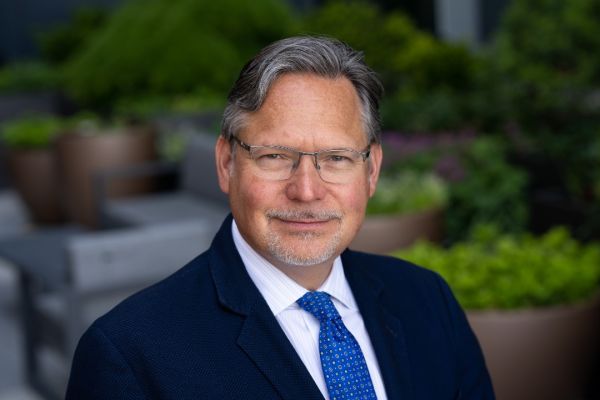Opioids are a class of drugs typically used as pain relievers. Legally prescribed opioids include oxycodone, hydrocodone and codeine, and patients are often prescribed these heavy duty pain killers after surgery. Highly addictive, these drugs have come under scrutiny for contributing to a quadrupling of overdose deaths in the U.S. in the past decade.
Between 1999 and 2019, nearly 500,000 people died in the U.S. from drug overdoses involving opioids, either prescribed or obtained illegally. In 2019 alone, opioids were involved in more than 70% of 70,630 such deaths. While illicit opioids, including heroin and fentanyl, were involved in many of the deaths, increases in prescription opioids in the 1990s helped bring about a first wave of opioid deaths.
At Roswell Park Comprehensive Cancer Center, doctors prescribe opioids to treat acute pain in patients, including those recovering from surgery, and in active-phase cancer treatment. But given the risk of opioid addiction, doctors here decided to explore if restricting opioid prescriptions would affect patients’ recovery.
How would patients fare without opioids?
Emese Zsiros, MD, PhD, FACOG, a gynecologic oncologist at Roswell Park, wanted to see what the effects, if any, would be if doctors reduced the number of opioid doses they prescribed to patients after surgery. As the study’s senior author, she proposed a new pain-management guideline for Roswell Park surgical patients, more than 2,000 patients in all.
Between February and July 2019, per the new guideline, doctors stopped routinely prescribing opioids for post-surgical patients. If doctors did prescribe them, they limited the number of opioids to no more than a three-day supply of the drugs. In addition, patients did not routinely receive a prescription at discharge. Each surgical service across the center developed a particular protocol to tailor the pain-management approach based on their clinical experience.
The results? Dr. Zsiros says the number of opioids prescribed to these patients decreased by 45%, “without compromising our patients’ experience or recovery.”
Compared to patients who received opioid prescriptions as usual, those in the restricted-opioid group had no significant difference in patient-reported satisfaction with postoperative pain control or in the impact of pain on daily activities. The restricted group also had fewer refill requests.
“Our experience provides clear evidence that reducing the number of opioids routinely prescribed after surgery is safe, feasible and effective, and can be an important tool in the fight against the ongoing opioid epidemic.”
Dr. Zsiros and her team reported the results from the first six months of their ambitious effort at the American Society of Clinical Oncology (ASCO) 2021 virtual annual meeting in June.
Never miss another Cancer Talk blog!
Sign up to receive our monthly Cancer Talk e-newsletter.
Sign up!Fewer doses reduced persistent use
Jason Ricciuti, MD, a gynecologic oncology fellow at Roswell Park and a first author of the study, says that reducing the number of prescribed opioids also resulted in a decrease of chronic opioid use among post-surgical patients from 6.5% to less than 3%.
“The rates of opioid prescription in the United States for routine surgeries are significantly higher than in many European and Asian countries,” he notes. “This is particularly problematic, because persistent opioid use has been observed in 6% to 8% of people who were not taking opioids until they underwent surgery.
“Our goal,” he adds, “was to demonstrate that prescribing three or fewer days of opioid supply is feasible in most postsurgical patients without compromising recovery or patient satisfaction, and that this approach will decrease chronic opioid use.”




